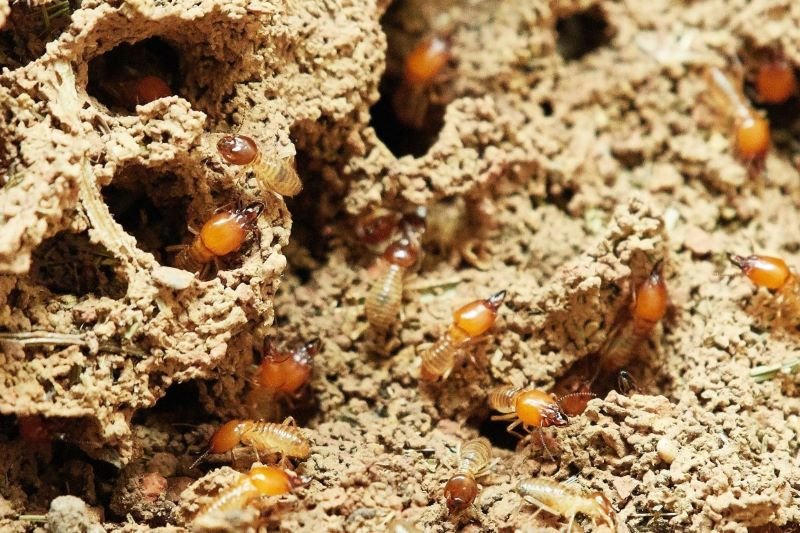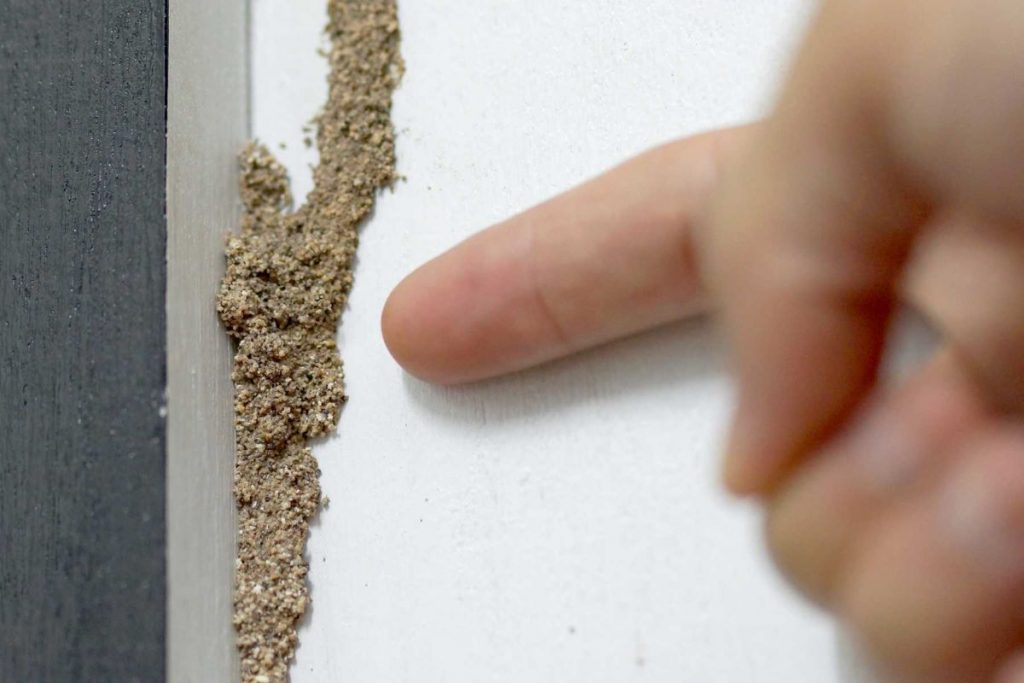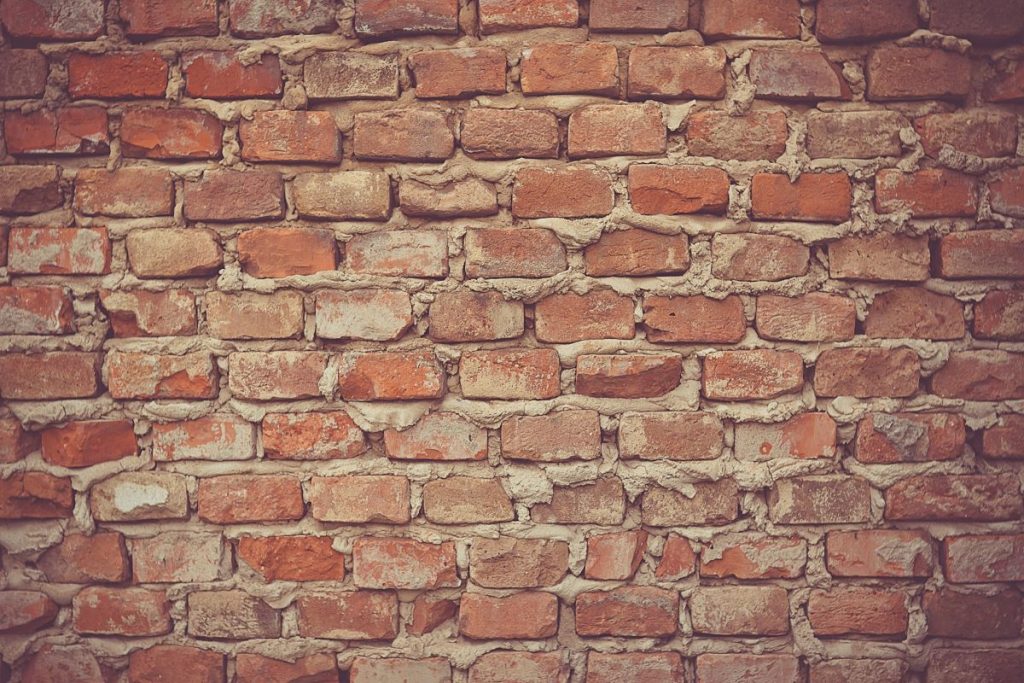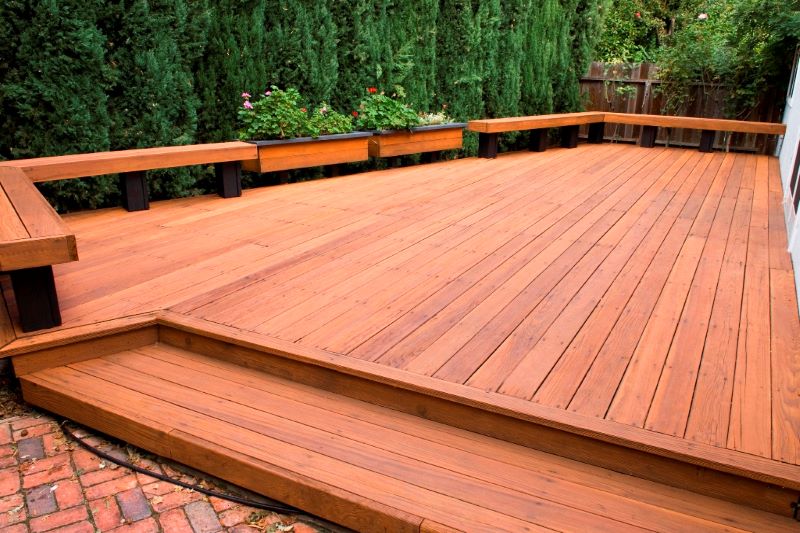Table of Contents
According to the Environmental Protection Agency, termites cause billions of dollars each year in structural damage. And, in total, property owners spend over 2 billion dollars treating and fixing this damage.
Even though termites may seem like a small problem, it’s clear that they can cause a huge catastrophe.
Luckily, if you know how to deal with termite damage, then you should be able to mitigate some of these costs.
But what are termites, exactly? How do you know if your home has termites? And, most importantly, how do you get rid of them?
Check out this guide to learn everything you need to know about termites and termite control.
What are Termites?
First things first, what exactly are termites?
Termites are wood-destroying insects that feed on cellulose. They can appear in wood or plant materials without any indication that they’re there, making them one of the worst silent killers for homeowners.
Here are the different types of termites that you may find in your home:
Formosan Termites
These are the most aggressive and voracious of all the termite species. Formosan termites organize themselves into huge underground colonies, and they build mud nests inside structures of walls.
Once a group of termites infests a structure, they can become very difficult to control due to their aggressive nature.
Places that need to worry about Formosan termites include Virginia, Hawaii, North Carolina, South Carolina, Texas, Georgia, Alabama, Louisiana, Florida, California, and Tennessee.
Dampwood Termites
As their name suggests, Dampwood termites infest wooden areas with high concentrations of moisture.
Typically, they do not infest the inside structures of homes due to their low moisture content. However, if you live on the Pacific Coast, Southern Florida, or in the Southwest, you should keep your eyes out for these termites.
Drywood Termites
Drywood termites infest-you guessed it-areas with dry wood. And, unlike Formosan termites and Subterranean termites, this type of termite does not require contact with soil in order to thrive.
These termites like to establish their nests in roof materials, wooden walls, and wood that’s located near a water source, such as a water heater or a leaky pipe.
Drywood termites are typically found in the Southern states and along the lower California coast.
Conehead Termites
Conehead termites are actually native to the Caribbean. However, they made their way into the US in the early 2000s.
Though the species was believed to have been completely eradicated from the US in 2003, they’ve recently reemerged in Broward County, Florida.
These are an extremely aggressive termite species, and they can cause a lot of property damage in a short period of time.
Subterranean Termites
Lastly, we have Subterranean termites. These termites are actually found in every single state except Alaska. They’re so named because they dig mud tunnels underground, making them difficult to find until they’re already munching on your walls.
They are by far the most destructive termite species in the US, and they too can cause a lot of damage in a short period.
Signs of Termites
So, how can you tell if you have a termite infestation in your home? The main problem with termites is that the untrained eye can’t always spot their presence. And many times, it’s unlikely that you’ll just spot a termite walking around your home.
As we’ve said, termites like to hide in the structures of homes, which is why many people don’t realize that they have a termite problem until it’s too late.
However, once you know the signs of a termite infestation, they’re hard to miss. Here’s what you need to look out for:
- Keep an eye out for them around your windows, doors, and cabinets, as this is where they like to hole up
- Mud tubes (structures created by termites to reach their food source) on the outside of your home
- Blistering or darkening of wood structures
- Discarded wings on windowsills or near doors
- Small piles of feces (their feces closely resemble sawdust)
- Softwood in your home that sounds hollow when tapped
- Paint that has cracked or bubbled
If you notice any of these signs in your home, you’ll need to act quickly before the termite infestation gets out of control.
How to Get Rid of Termites
Now that you know how to spot termites in your home, let’s talk about what you can do to get rid of them.
Call a Pest Control Service
Calling a pest control service is perhaps the best option for getting rid of termites. Pest exterminators are trained professionals who know how to find the root of the infestation and rid your home of it for good.
However, before you sign on with a pest control company, make sure you understand their termite treatment cost.
Chemical Treatments
You can also purchase chemical insecticides online, from your local hardware store, or from a pest control company to get rid of termites.
However, just make sure the chemical treatment you choose is approved by the EPA. Approved chemical treatments include:
- Termite baits
- Wood treatment
- Building materials infused with pesticide
- Liquid pesticides that are specially formulated for termites
Non-Chemical Treatments
If you don’t like the idea of using chemicals, you can also turn to non-chemical treatments for getting rid of termites.
One of the most popular methods is to set up a physical barrier. However, this is usually done during the construction of the home.
You may also steel use mesh and sand as a physical barrier against termites. Or, you can use a biological control agent, such as fungi or nematodes, to rid your home of termites.
Are You Ready to Say Goodbye to Termites Once and for All?
Now that you have the answer to the question “What are termites?”, and you know how to get rid of them, it’s time to take action.
As we said, the best solution is to usually call a local pest control company, so it’s time to start looking for the best one in your area.
Also, if you liked this post, be sure to check back in for more articles like this one.








